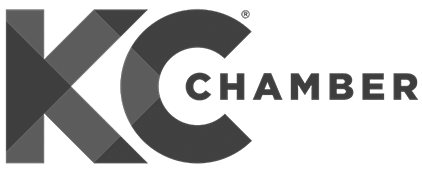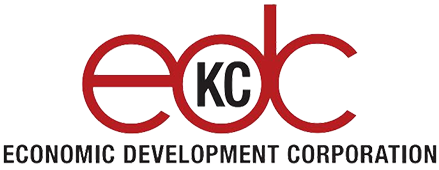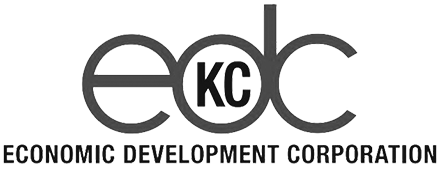Editor’s note: This commentary — the fourth in a four-part series — is sponsored and produced by LightEdge, a leading provider of enterprise-grade data center solutions — rooted in colocation and private cloud, and wrapped in security and compliance. The company delivers always-on internet with highly interconnected data centers, unmatched Compliance as a Service, and the balance of control and visibility to keep clients’ internal teams focused on strategic initiatives. The opinions expressed in this commentary are the author’s alone.
Cloud adoption is evolving the way regulated Software-as-a-Service companies operate. It’s also changing up the way their IT leadership manages applications, connectivity, and security. A cloud transformation offers an opportunity for enterprise SaaS leaders to optimize both network architecture and user experience.
No matter where you’re at in your cloud transformation, it’s important to be a conscious buyer and to know what to look for in your provider. When it comes to pillars for secure cloud transformation, there are five that stand out among the rest.
Protect remote users
When moving to a new cloud model, you must recognize its impacts on security and network performance, particularly with regard to remote users. Making security local and nearby is a good place to start. Consider working with data center colocation providers or leveraging a cloud-based security tool with local points of presence.
It’s best practice to use network-agnostic tools that allow fast, secure access between users and applications. Despite concerns your SaaS customers may have about security, cloud computing can increase their overall security posture with measures to block unauthorized users.
Update your cloud security
Legacy network security models protected the entire corporate network. Now an enterprise must protect users bypassing the old network on the way to the cloud. Start by deploying Zero-Trust networking, to establish a default-deny posture for all network data and traffic interactions. Second, move from legacy security to dynamic, continuous adaptive trust and threat mitigation.
It is also important to know and understand your IT environment to actually be able to update your security, one of the toughest tasks in compliance and security. Environments change alongside technology, staff come and go, and businesses can change what products or services they provide. If you ace this transition, you can see huge savings in the long run.
Take advantage of hybrid IT
According to the RightScale 2019 State of the Cloud report, 58 percent of respondents preferred hybrid cloud as their dominant enterprise strategy. On average, organizations are using five different clouds. Clearly, the desire for hybrid and multi-cloud environments is strong.
Regulatory requirements are a major factor when some assets are kept in a secure data center and others in a cloud environment. CIOs should establish security goals and set policies that prioritize preparation for hybrid IT. From there, they can find CSPs that meet specific needs.
Leverage cloud service provider support and expertise
Your compliant cloud provider should take the guesswork out of protecting your data. A strong support team is your best ally during a cloud migration project. They will promptly answer questions and help with any issues you encounter.
It is not enough to be compliant; you must also provide proof that you adhere to the controls and processes mandated by your compliance framework. Find a cloud provider that can help you define what evidence is required, aid in gathering documentation and reports, and provide in-person support during external audits.
Assessing alternatives to your current network with SD-WAN
SD-WAN is a more direct-to-internet connectivity model that prevents the guaranteed failures of a single circuit connection. If you do not own your office space and simply want to find the most reliable, fastest, and most cost-effective connectivity, SD-WAN is a game-changer for offices that need less than 1 Gigabit of connectivity.
SD-WAN solutions combine multiple links from multiple carriers into a single connection back to corporate resources or to data centers and cloud services. User traffic can be distributed across all links. Per-packet load-sharing can allow a single user session to take advantage of the additive bandwidth of multiple links by re-assembling and re-ordering the packets across a single session across multiple links.
Who benefits?
Web traffic and file sharing can greatly benefit from this technology. Session-based load sharing also has benefits, but individual users are typically limited to the bandwidth of a single link which they are dynamically routed across. Multiple users can be balanced across different links and provide an aggregate benefit at the site. Having more than one link allows the SD-WAN appliance to actively monitor availability and effectiveness of each link and route traffic down whichever links are up.
If your regulated SaaS company is moving applications to the cloud or looking to transform enterprise IT, these five pillars can help change both your security and network posture drastically, while also saving you money in the long run with lowered security costs and fewer risks to mitigate.
This commentary is sponsored and produced by LightEdge.
LightEdge not only offers expert guidance to address the five pillars of cloud transformation. Click here to learn more about LightEdge’s secure cloud and hosting services.




































